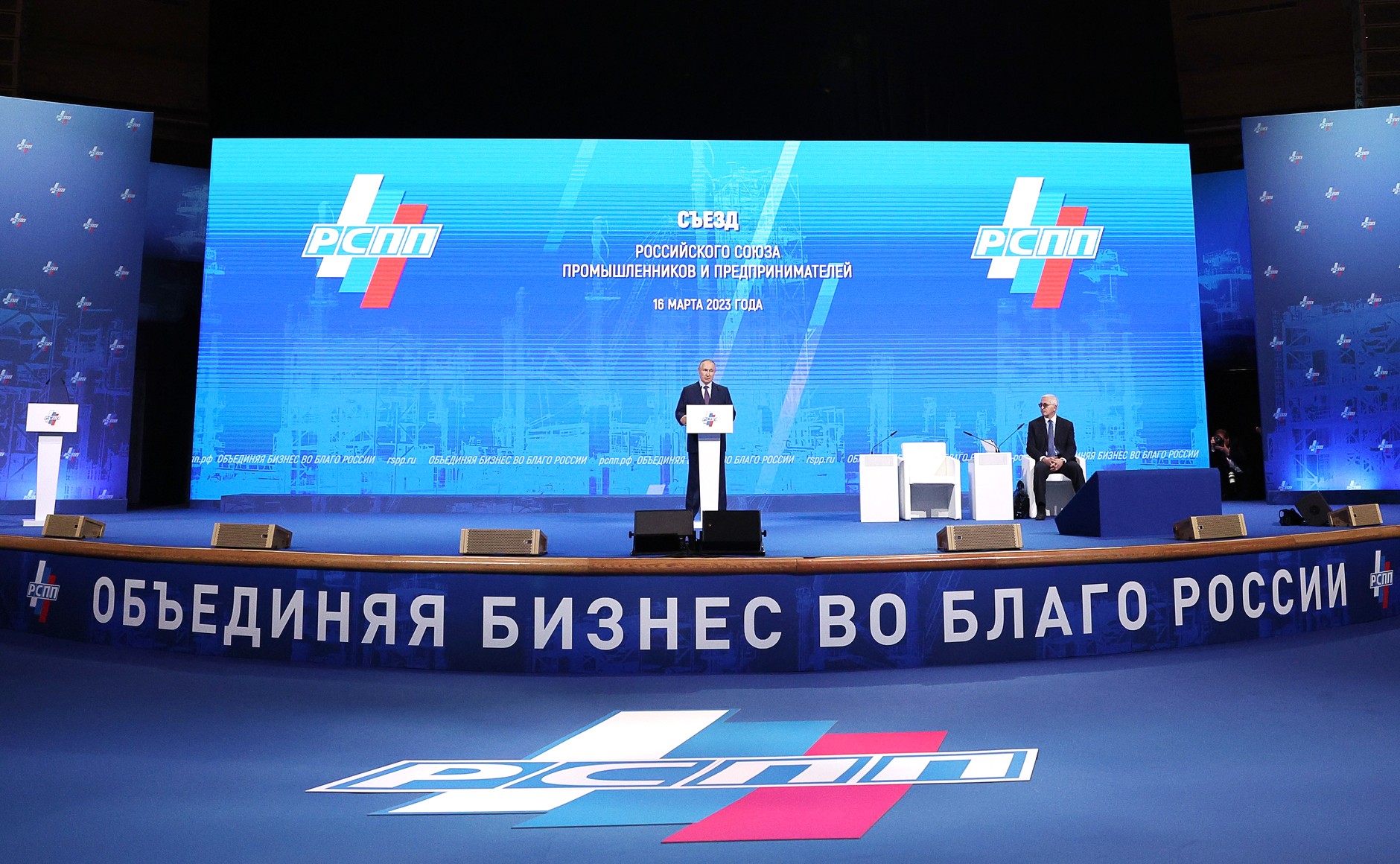
When speaking at the plenary session of the annual congress of the Russian Union of Industrialists and Entrepreneurs, Russian President compared the North-South international transport corridor to the Suez Canal, the Bosporus and the Dardanelles straits.
“It will work just like the Suez Canal, the Bosporus and the Dardanelles … Goods will flow 100%,” said the President referring to the advantages of the transport corridor.
Vladimir Putin also called on Russian investors to inject money into the construction of the North-South ITC. “We need to find sources and consolidate these sources of financing for this project ... The government should think about how to gather a pool of possible investors. To be honest, I would like to see Russian investors. Why miss such profitable and good projects,” said the President (cited by RIA Novosti).
Vladimir Putin also said that the actual closure of Western markets was compensated by the foreign trade contacts with states in rapidly growing regions of the world. “Even in years preceding the crisis and the special operations we were gradually turning to rapidly developing markets. Now, the situation has come to a point showing that it was not in vain although we did it at a slower pace than we should have done. Anyway, we just continue this pace. Over the past year, our trade turnover with these regions of the world, with these countries, has increased at a double-digit rate and it continues to grow,” said the President.
According to the President, Russia still has a number of issues to be solved in logistics, finance, infrastructure and technologies.
North-South international transport corridor (ITC) is a 7,200-kilometre-long transport artery from St Petersburg to ports in Iran and India. North-South ITC has a western and an eastern branch, both running across Iran. The western one foresees cargo transportation by road via Rasht, the eastern one – by railway. The end point in Iran is the port of Bandar Abbas from which cargo can be delivered to India by sea. The western branch also crosses Azerbaijan, the eastern one – Kazakhstan and Turkmenistan. Besides, direct water transportation from Russia to Iran by the Caspian Sea is possible.
The volume of Russian cargo transported by the North-South ITC is expected to double by 2030, from the current 17 million tonnes to 32 million tonnes. The Baku Declaration dated 9 September 2022 states that the throughput capacity of the corridor’s western route is to increase from the current 9 million tonnes to at least 15 million tonnes by 2030.



